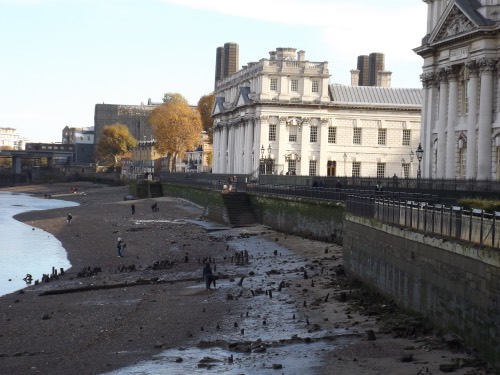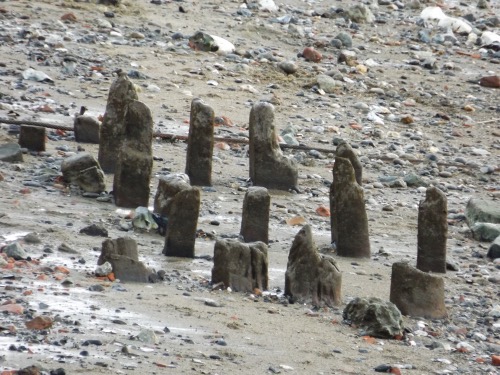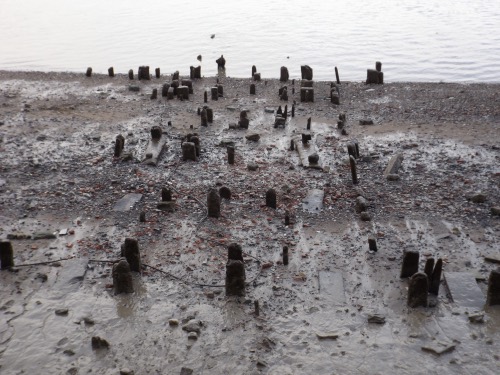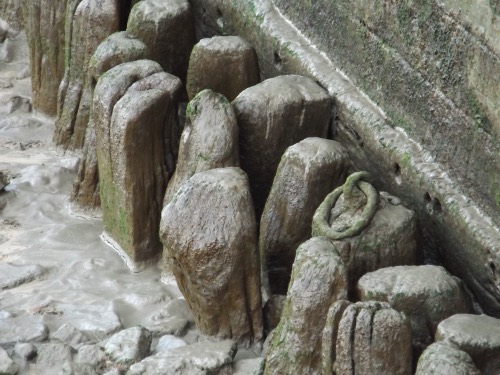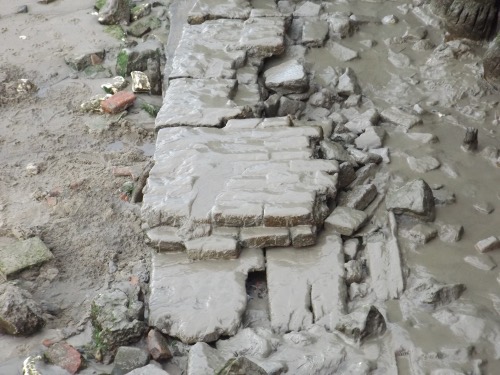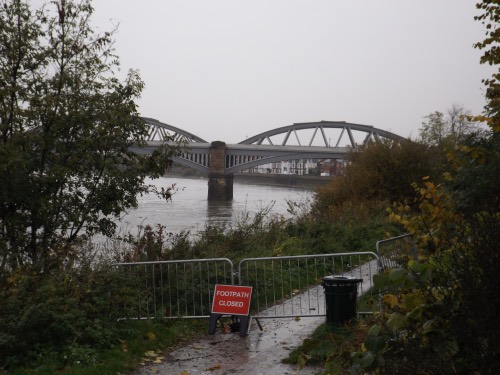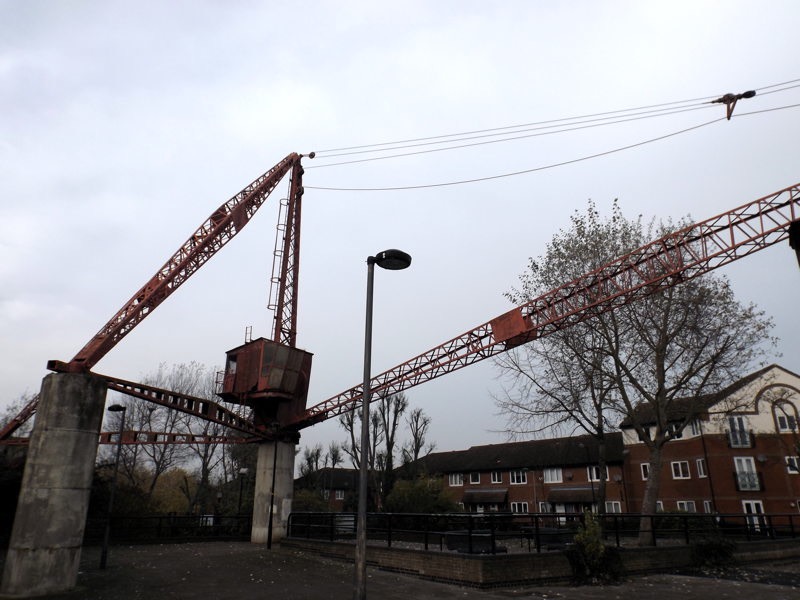Low tide at Greenwich is revealing the remains of a Tudor pier in front of the Naval College buildings.
Piles show the outline of a jetty just yards to the west of the Palace of Placentia site.
Henry VIII was born there as were his daughters Mary and Elizabeth. As King, he spent much time there using the Thames as a highway to reach Westminster and Hampton Court.
He might have stood on the pier although the palace had its own watergate.
But Francis Drake, Walter Raleigh and Samuel Pepys probably did land at the pier.
The wash over recent years from boats and tides has dramatically exposed the piles as well as the 17th-century revetments along today’s wall which holds the narrow path in front of the college buildings.
Brickwork from the line of the Tudor waterfront can be seen on the beach just in front of the western building.
Some of the exposed timbers, especially by the wall, are likely to be covered by stones shortly.
